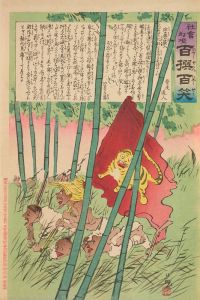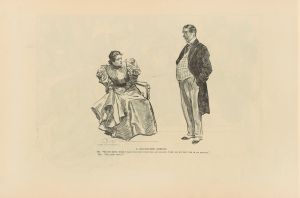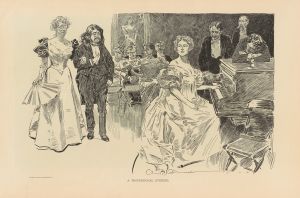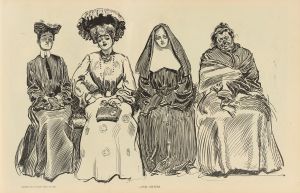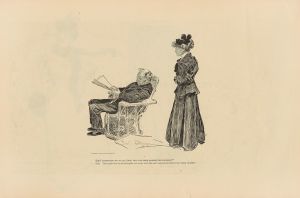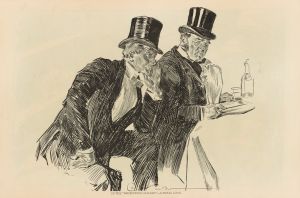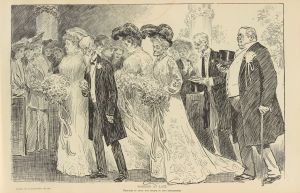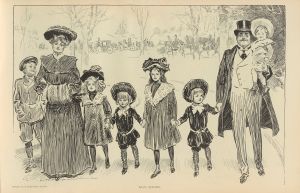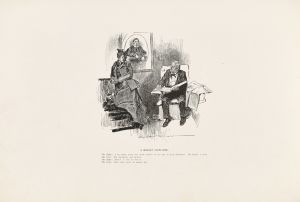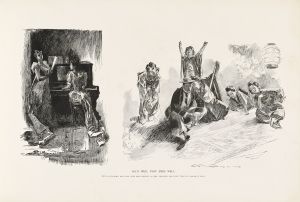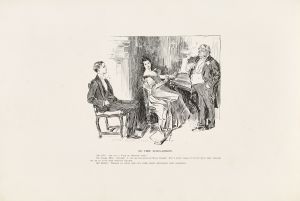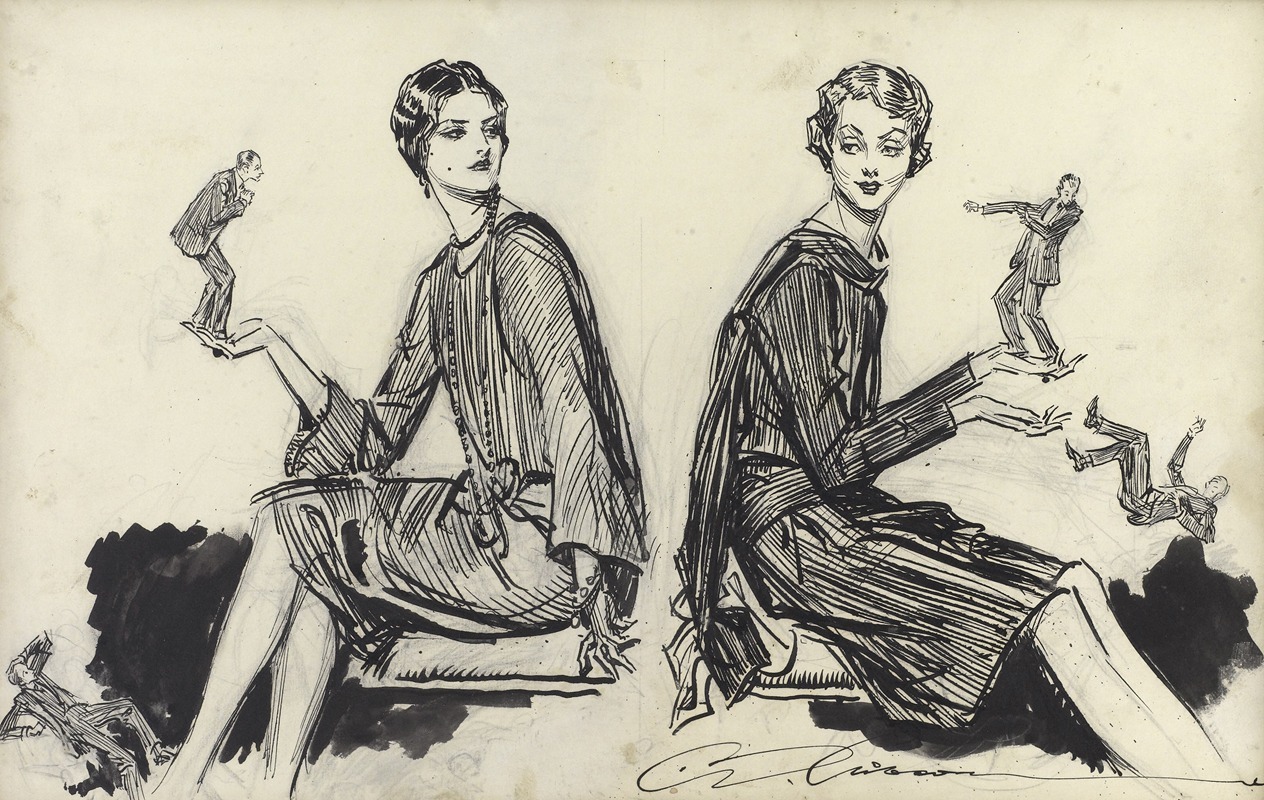
Duplicates
A hand-painted replica of Charles Dana Gibson’s masterpiece Duplicates, meticulously crafted by professional artists to capture the true essence of the original. Each piece is created with museum-quality canvas and rare mineral pigments, carefully painted by experienced artists with delicate brushstrokes and rich, layered colors to perfectly recreate the texture of the original artwork. Unlike machine-printed reproductions, this hand-painted version brings the painting to life, infused with the artist’s emotions and skill in every stroke. Whether for personal collection or home decoration, it instantly elevates the artistic atmosphere of any space.
Charles Dana Gibson was an influential American illustrator, best known for his creation of the "Gibson Girl," a representation of the idealized American woman at the turn of the 20th century. His work captured the spirit of the era and was widely published in magazines such as Life, Harper's Weekly, and Scribner's. Among his numerous illustrations, "Duplicates" is one of the pieces that showcases his distinctive style and keen observation of social nuances.
"Duplicates" by Charles Dana Gibson is a black-and-white illustration that exemplifies his ability to convey complex social commentary through simple yet elegant line drawings. The illustration typically features a scene with multiple characters, often highlighting themes of social interaction, fashion, and the roles of men and women in society. Gibson's work is characterized by its attention to detail, particularly in the depiction of clothing and expressions, which often carry subtle humor or irony.
Gibson's illustrations, including "Duplicates," were not merely artistic endeavors but also reflections of the cultural and social dynamics of his time. The "Gibson Girl" became a cultural icon, representing a new standard of femininity that was independent, confident, and socially active. This ideal was a departure from previous Victorian norms and resonated with the changing roles of women in society, as they began to seek more autonomy and visibility in public life.
The popularity of Gibson's work, including "Duplicates," was partly due to its accessibility and relatability. His illustrations were widely circulated in popular magazines, reaching a broad audience and influencing public perceptions of beauty and social roles. The "Gibson Girl" and the scenarios depicted in his illustrations became aspirational images for many women, influencing fashion and lifestyle choices.
Gibson's technique involved using pen and ink to create detailed and expressive images. His mastery of line work allowed him to convey texture, depth, and emotion with remarkable clarity. In "Duplicates," as in many of his works, Gibson's skillful use of contrast and shading adds to the overall impact of the illustration, drawing the viewer's attention to specific elements and enhancing the narrative quality of the scene.
While specific details about the context or publication of "Duplicates" may not be extensively documented, it is consistent with Gibson's broader body of work, which often explored themes of social interaction and the evolving roles of men and women. His illustrations remain significant not only for their artistic merit but also for their contribution to the cultural dialogue of the early 20th century.
In summary, "Duplicates" by Charles Dana Gibson is a testament to the artist's ability to capture the essence of his era through illustration. It reflects the social dynamics and cultural shifts of the time, particularly in relation to gender roles and societal expectations. Gibson's work continues to be celebrated for its artistic excellence and its insightful commentary on the human condition.





